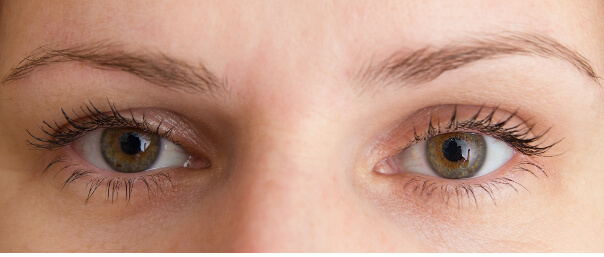The upper eyelid sags excessively when there is eyelid drooping. It’s possible for the upper eyelid’s edge to be lower than it should be (ptosis), or the upper eyelid may have too much loose skin (dermatochalasis). Eyelid drooping frequently combines the two ailments.
The condition is also known as ptosis.
What is ptosis or droopy eyelids?
Ptosis is a disorder that causes the upper eyelid to droop. It can impair our normal vision and cause problems in daily life, and in more severe cases, patients may struggle to keep their eyes open.
Additionally, it may lead to social shame and be unattractive on the outside.
You can also read : Diabetes and the Eye
What causes ptosis?
Ptosis can be mechanical due to eyelid swellings or any mass, congenital (present at birth), acquired (due to trauma), age-related (Senile), or related to paralysis.
Why is a consultation necessary?
Squint or other eye disorders may be connected to ptosis and need to be treated.
It can also lead to sleepy eyes (amblyopia) in children and be linked to severe refractive errors.
Ptosis is sometimes a tiny component of a larger picture, such as myasthenia gravis or other systemic illnesses and infections that require further assessment and appropriate treatment.
What is the procedure to treat ptosis?
Some cases of ptosis, such as Myasthenia gravis, can be treated medically after a thorough evaluation. If the droopiness interferes with the child’s normal visual development, surgery is indicated. Some surgical techniques can effectively address ptosis, which for some people causes social difficulty and cosmetic flaws.
Can you brief on the surgical techniques?
The severity and function of the levator muscle influence the choice of surgical technique.
• Sometimes it may be necessary to use implants like Silicone Slings, which use the frontalis muscle to help lift the eyelid.
• Procedures for levator muscle excision can be used to enhance the muscle’s activity and aid in lifting the eyelid.
• In accordance with the principles of plastic surgery, the scar is cosmetically concealed.
• Conjunctival-mullerectomy, the Fasanella-Servat technique, and many additional procedures exist.
Can we have a blepharoplasty along with a ptosis operation?
Yes, ptosis frequently coexists with other factors including prolapsed orbital fat and loose skin on the eyelids. Therefore, addressing the issue at once is a wise choice.
How long does it take to recover, and do I need to take time off work?
Typically, it takes 10 to 14 days after surgery for the edoema and swelling to go down.
For a better recovery, rest should last for around a week. On your visit, you can talk to the doctor about this.
Blepharoplasty and ptosis operation seem uncommon procedures. Where can I get treatment for ptosis or droopy eyelid?
Dr. Devanshi Shah is a trained Oculoplastic surgeon with a keen interest in these uncommon eyelids disorders. She is the best person to go to and discuss your concerns.

